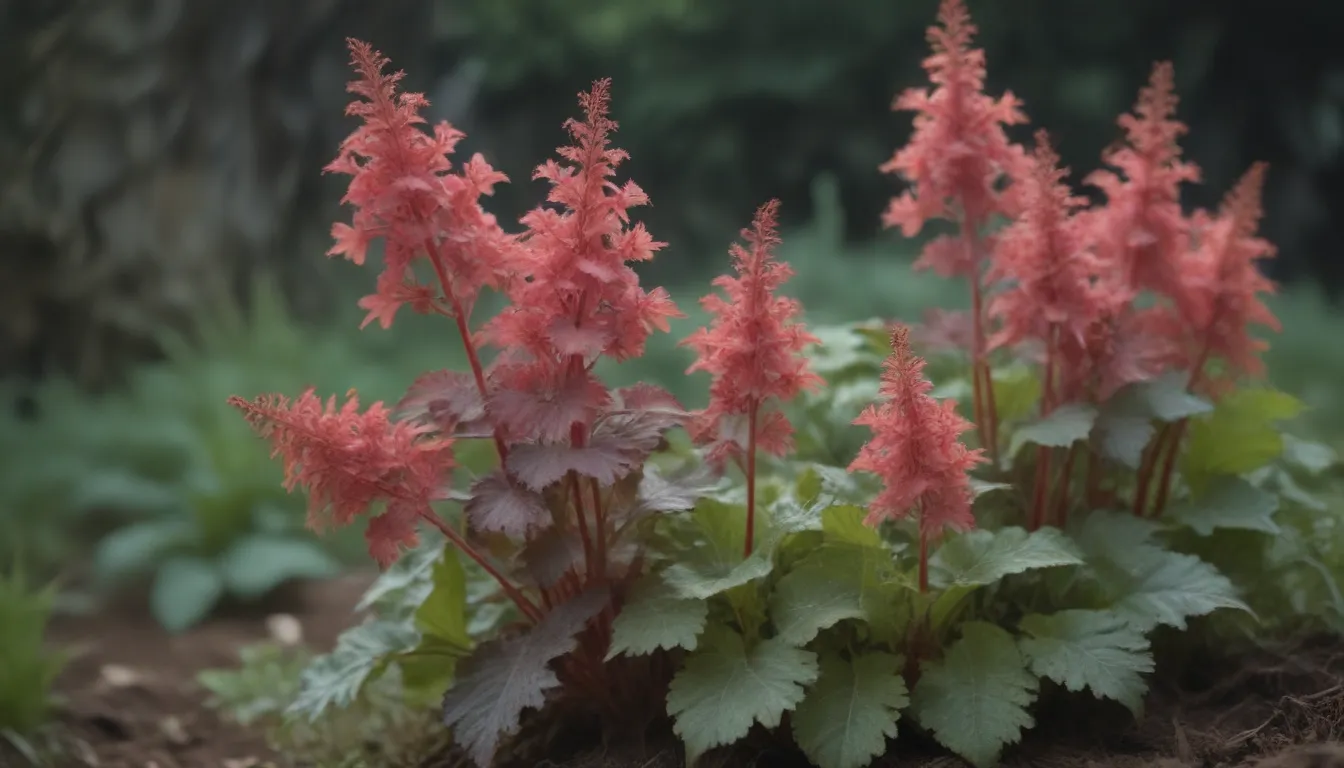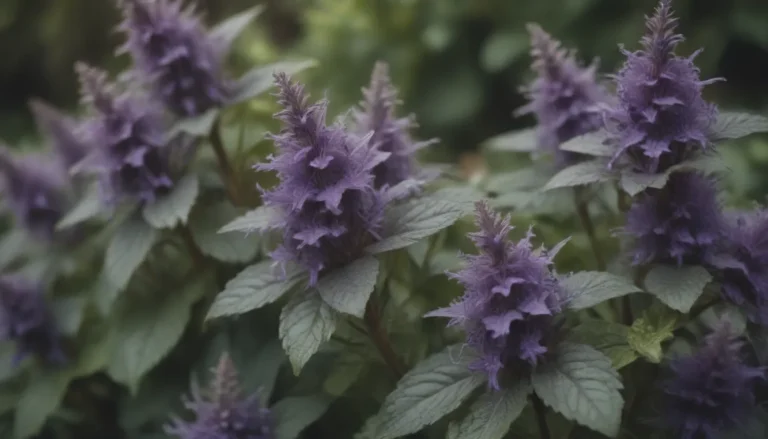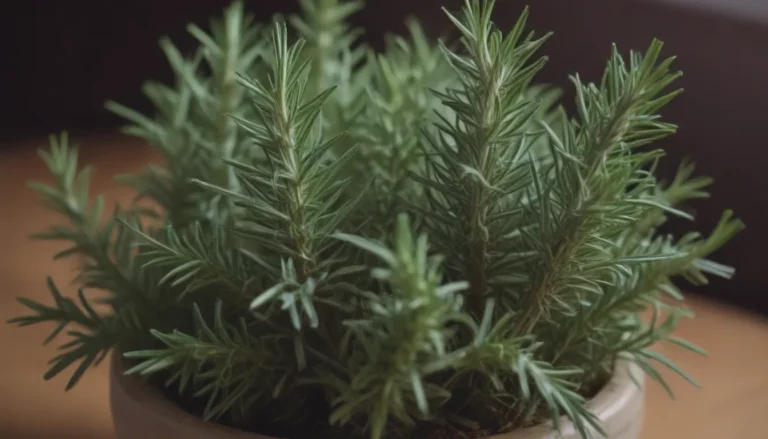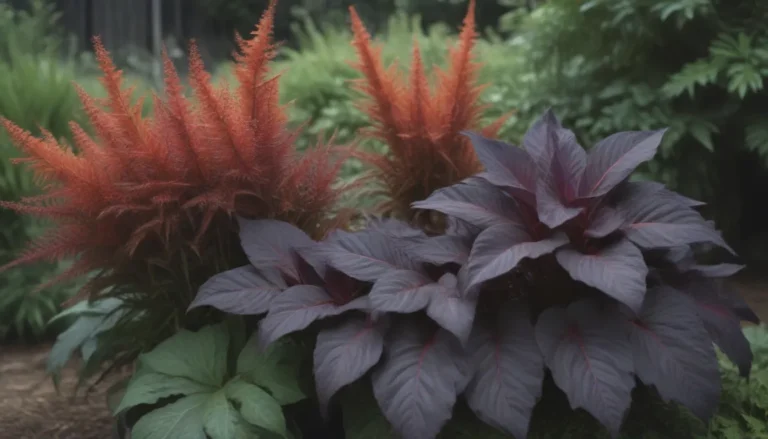The Ultimate Guide on Growing and Caring for Coral Bells

Coral bells, also known as Heuchera, are versatile perennial plants that come in a variety of colors and textures. Native to North America, these plants are a favorite among gardeners for their unique foliage and delicate bell-shaped flowers. Whether you’re a seasoned gardener or just starting out, this comprehensive guide will provide you with all the information you need to successfully grow and care for coral bells in your garden.
Introduction to Coral Bells
Coral bells belong to the Heuchera genus and consist of hundreds of varieties and hybrids. These plants form round mounds with bell-shaped flowers that attract hummingbirds and butterflies. Their leaves are rounded, lobed, and come in various colors like purple, rose, lime green, and gold. Coral bells are best planted in late fall or early spring and are suitable for woodlands, rock gardens, containers, borders, and ground covers.
Benefits of Growing Coral Bells
- Attractive foliage in a variety of colors
- Bell-shaped flowers that attract pollinators
- Low maintenance and easy to grow
- Versatile and suitable for various garden settings
Coral Bells Care Tips
Coral bells are fairly easy to grow, but they do require some care to thrive. Here are some essential care tips to keep your coral bells healthy and vibrant:
Light
- Coral bells do best in partial shade, especially in hot climates.
- Avoid planting them in full sun, as it can cause their leaves to scorch.
- Ensure they receive enough sunlight to promote healthy growth and flowering.
Soil
- Plant coral bells in humus-rich soil with a neutral to slightly acidic pH.
- Good drainage is essential to prevent the crown of the plant from rotting.
- Regularly check the soil moisture levels and water accordingly.
Water
- Coral bells have medium water needs and prefer consistently moist soil.
- Water established plants regularly, especially during hot, sunny days.
- Avoid overwatering, as it can lead to root rot and other issues.
Temperature and Humidity
- Coral bells are hardy in USDA hardiness zones 4a to 9a.
- Ensure proper air circulation to prevent fungal diseases.
- Mulch around the plants in winter to protect them from frost.
Fertilizer
- Feed coral bells in the spring with compost or a light amount of slow-release fertilizer.
- Avoid heavy applications of quick-release fertilizers, as it can inhibit flowering.
- Container-grown coral bells benefit from feeding with water-soluble fertilizer.
Types of Coral Bells
There are several species of Heuchera, each with its unique characteristics. Some popular types of coral bells include:
- Heuchera ‘Autumn Leaves’
- Heuchera ‘Chocolate Ruffles’
- Heuchera ‘Green Spice’
- Heuchera ‘Marmalade’
- Heuchera ‘Citronelle
- Heuchera ‘Electric Lime’
- Heuchera ‘Fire Chief’
These cultivars offer a wide range of foliage colors and textures, making them a versatile addition to any garden.
Propagating Coral Bells
Coral bells are commonly propagated by dividing root clumps or collecting seeds. Here’s how you can propagate these beautiful plants:
Dividing Root Clumps
- Divide the root clumps in fall or spring to prevent the plant from dying out.
- Carefully dig up the offsets around the parent plant and replant them.
- Ensure the root crowns are planted just beneath the soil surface.
Growing From Seeds
- Start coral bells from seeds for predictable results.
- Plant seeds on the soil surface in late fall or early spring.
- Harden off the seedlings before transplanting them outdoors.
Potting and Overwintering
While coral bells are primarily grown in gardens, they can also thrive in containers. Here are some tips on potting and overwintering coral bells:
- Use a well-draining potting mix and ensure good drainage.
- Keep the root crown slightly elevated to prevent rot.
- Overwinter potted plants in a protected location during cold temperatures.
Common Pests and Diseases
While coral bells are generally low maintenance, they can be susceptible to fungal diseases and insect pests. Common issues include powdery mildew, rust, weevils, and foliar nematodes. Here’s how you can manage these problems:
- Monitor your plants regularly for signs of pests or diseases.
- Remove affected leaves or insects by hand and treat with insecticidal soap or neem oil if necessary.
- Ensure proper air circulation and avoid overwatering to prevent fungal diseases.
Tips for Healthy Blooming
If you want your coral bells to bloom profusely, consider the following tips:
- Avoid overfeeding to promote flowering.
- Ensure the plants receive adequate sunlight for bloom development.
- Deadhead faded flowers regularly to encourage new blooms throughout the season.
Common Problems with Coral Bells
While coral bells are relatively easy to grow, they can face some common cultural problems. Here are a few issues you may encounter and how to address them:
Scalded Leaves
- Plant coral bells in partial shade to prevent burned leaves.
- Provide extra water during hot spells to minimize scorching.
Plants Dying Out
- Divide root clumps every three to four years to prevent plants from dying out.
- Propagate new plants from offsets to extend the plant’s lifespan.
Frost Heaving
- Apply a layer of mulch over the plants in winter to prevent frost heaving.
- Replant any plants that have been pushed out of the ground due to cold temperatures.
In conclusion, growing and caring for coral bells can be a rewarding experience for any gardener. With their vibrant foliage and delicate flowers, these plants add beauty and charm to any garden setting. By following the tips and guidelines outlined in this guide, you can enjoy healthy and thriving coral bells in your garden for years to come. Happy gardening!





